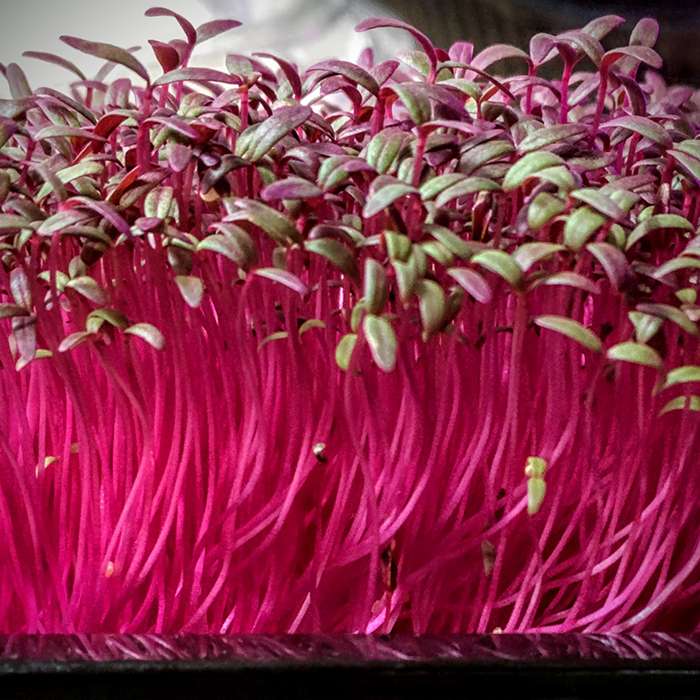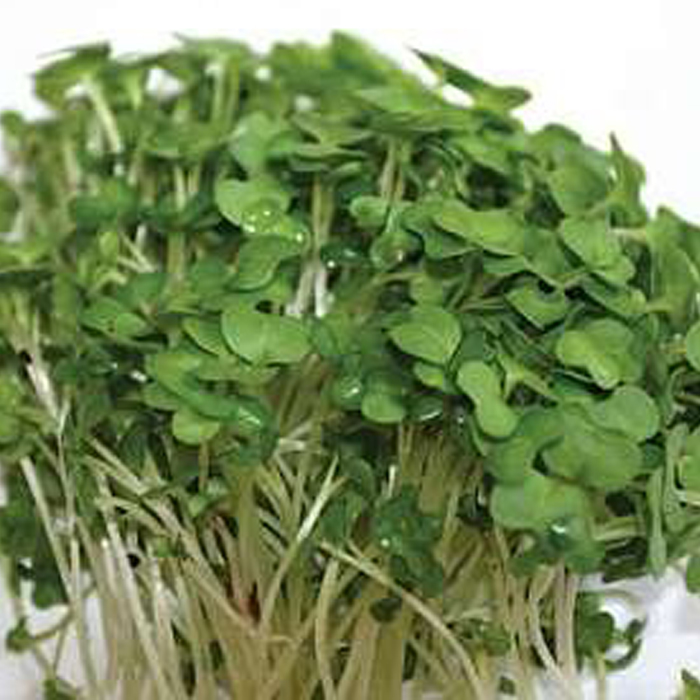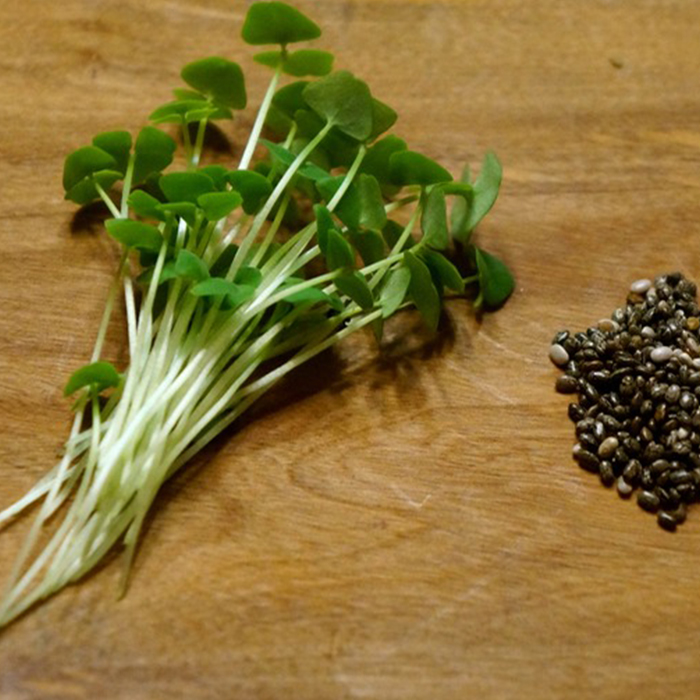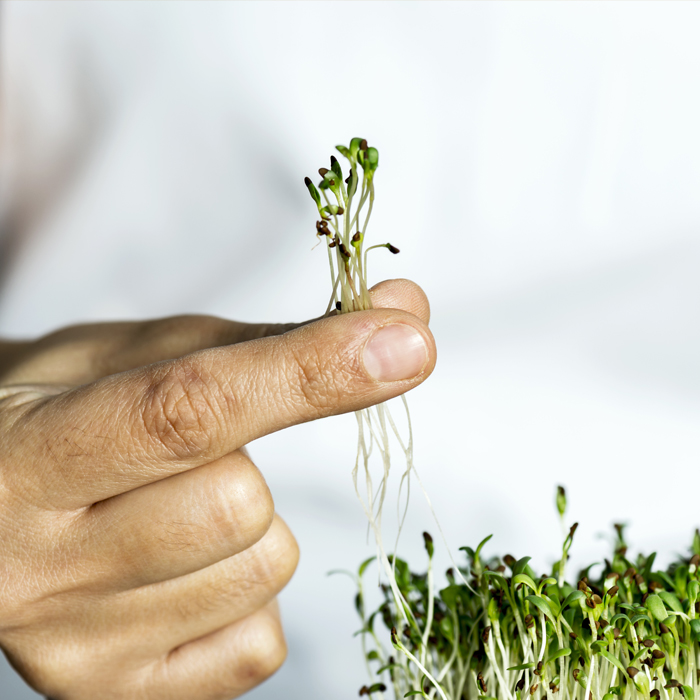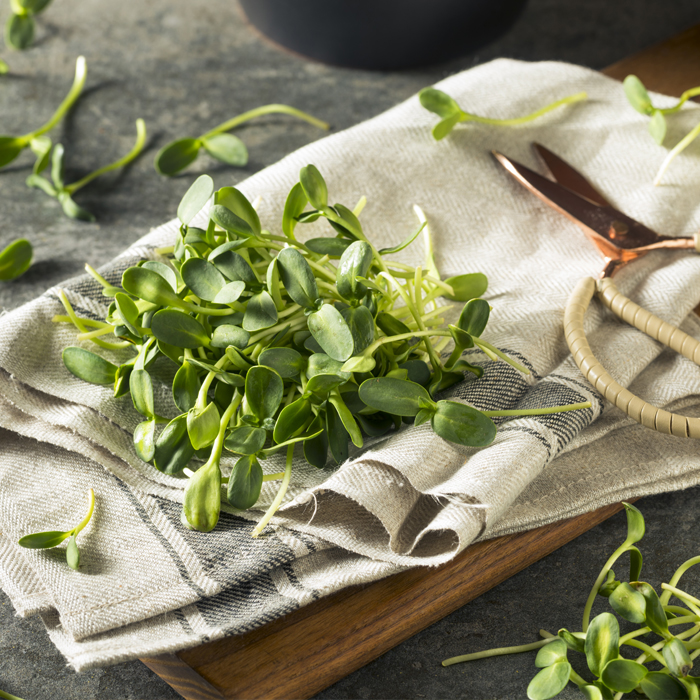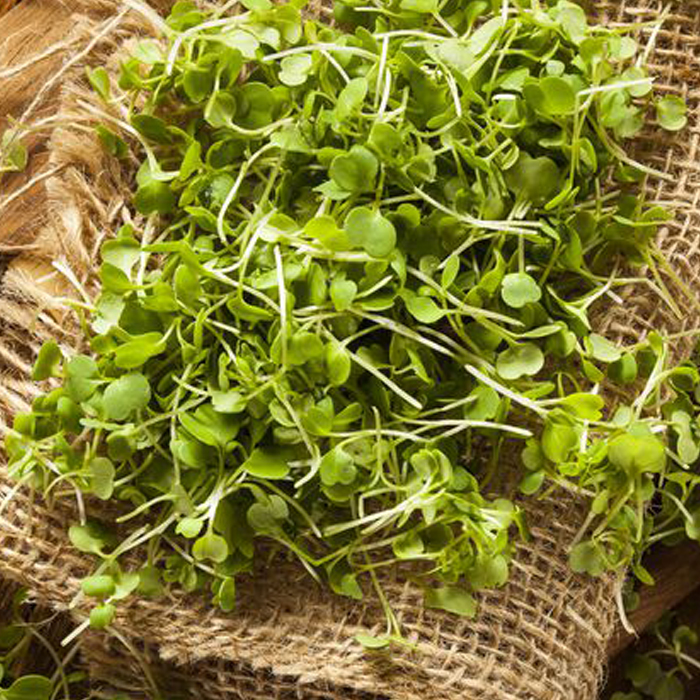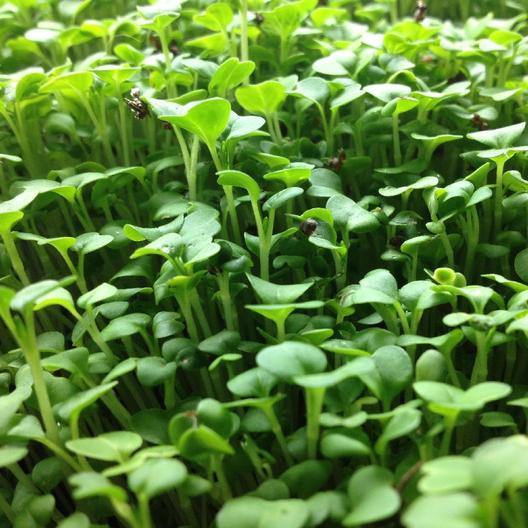NP-471, Nayapatty, Salt Lake Sector-5, Kolkata 700 102 INDIA

Micro greens have taken over the world over by storm. Micro greens are exactly what the name says. Microgreens are young vegetable greens that are approximately 1–3 inches (2.5–7.5 cm) tall. Crops in their micro form are very healthy, have concentrated nutrient content, are rich in flavour, come in a variety of colours and textures and look beautiful as a garnish. Despite their small size, they pack a nutritional punch, often containing higher nutrient levels than more mature vegetable greens. This makes them a good addition to any diet.
They have an aromatic flavour and Microgreens are considered baby plants, falling somewhere between a sprout and baby green.
That said, they shouldn’t be confused with sprouts, which do not have leaves. Sprouts also have a much shorter growing cycle of 2–7 days, whereas microgreens are usually harvested 7–21 days after germination, once the plant’s first true leaves have emerged.

Microgreens are more similar to baby greens in that only their stems and leaves are considered edible. However, unlike baby greens, they are much smaller in size and can be sold before being harvested.
This means that the plants can be bought whole and cut at home, keeping them alive until they are consumed.
While their nutrient contents vary slightly, most varieties tend to be rich in potassium, iron, zinc, magnesium and copper.
Microgreens are also a great source of beneficial plant compounds like antioxidants.
What’s more, their nutrient content is concentrated, which means that they often contain higher vitamin, mineral and antioxidant levels than the same quantity of mature greens.
In fact, research comparing microgreens to more mature greens reports that nutrient levels in microgreens can be up to nine times higher than those found in mature greens.
Research also shows that they contain a wider variety of polyphenols and other antioxidants than their mature counterparts.

One study measured vitamin and antioxidant concentrations in 25 commercially available microgreens. These levels were then compared to levels recorded in the USDA National Nutrient Database for mature leaves.
Although vitamin and antioxidant levels varied, levels measured in microgreens were up to 40 times higher than those recorded for more mature leaves.
SUMMARY: Microgreens are rich in nutrients. They contain larger amounts of vitamins, minerals and antioxidants than their more mature counterparts.
Eating vegetables is linked to a lower risk of many diseases.
This is likely thanks to the high amounts of vitamins, minerals and beneficial plant compounds they contain.
Microgreens contain similar and often greater amounts of these nutrients than mature greens. As such, they may similarly reduce the risk of the following diseases:

SUMMARY: Microgreens deliver a concentrated dose of nutrients and beneficial plant compounds. As a result, they reduce the risk of certain diseases.

There are many ways to include microgreens in your diet.
They can be incorporated into a variety of dishes, including sandwiches, wraps and salads and for a crunch in soup or try caramelizing the tips and even use them in a dessert. Microgreens may also be blended into smoothies or juiced. Wheatgrass juice is a popular example of a juiced microgreen.
Another option is to use them as garnishes on dal, cooked vegetables, pizzas, soups, curries and other warm dishes.
SUMMARY: Microgreens may be eaten raw, juiced or blended and can be incorporated into a variety of cold and warm dishes.

There is no limit to this, any leafy vegetable or salad crop can be grown in its micro form. Basil, coriander, sunflower, kale, arugula, lettuce, spinach, cabbage, raddish, beetroot and carrots – take your pick. From mild to spicy, sweet to bitter or peppery - note that the flavour of a micro green may be nothing like that of its grown counterpart.
The most popular varieties are produced using seeds from the following plant families:
Cereals such as rice, oats, wheat, corn and barley, as well as legumes like chickpeas, beans and lentils, are also sometimes grown into microgreens.
Microgreens vary in taste, which can range from neutral to spicy, slightly sour or even bitter, depending on the variety. Generally speaking, their flavor is considered strong and concentrated.
